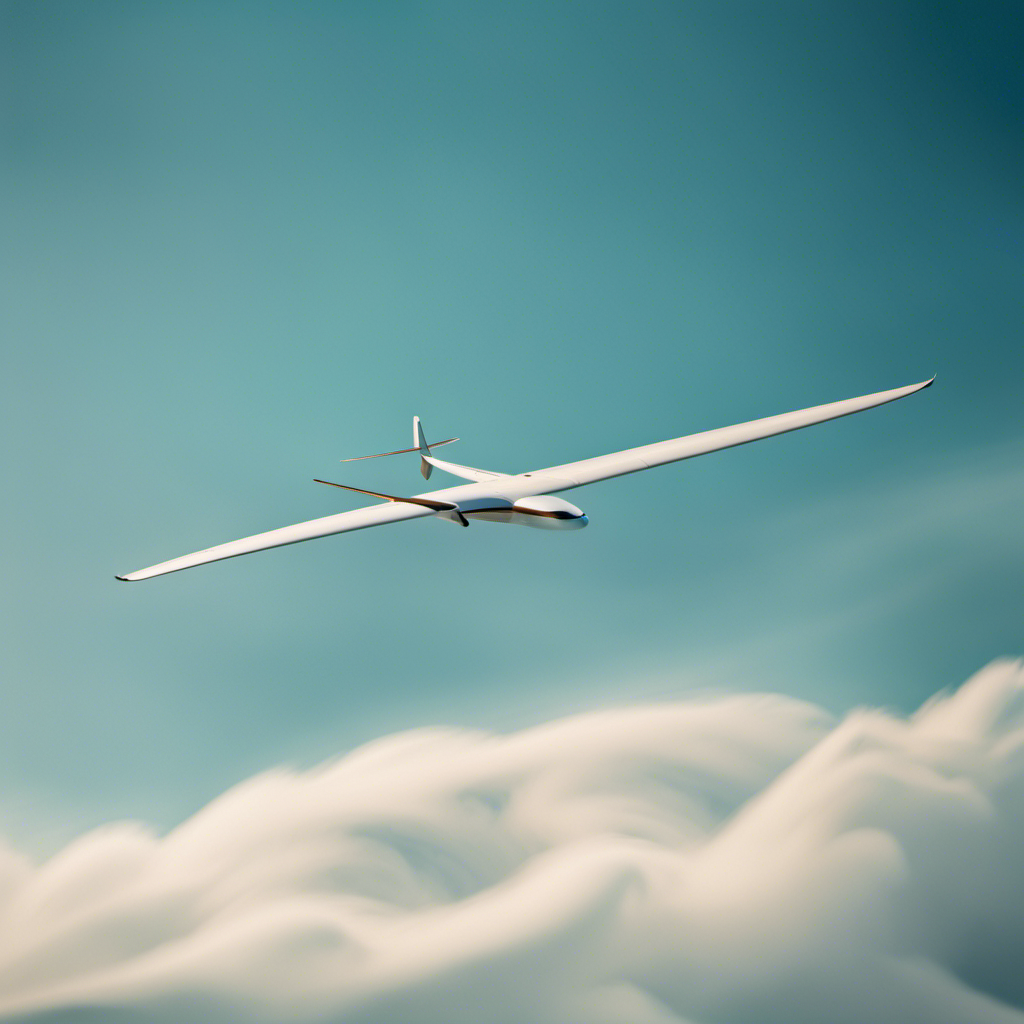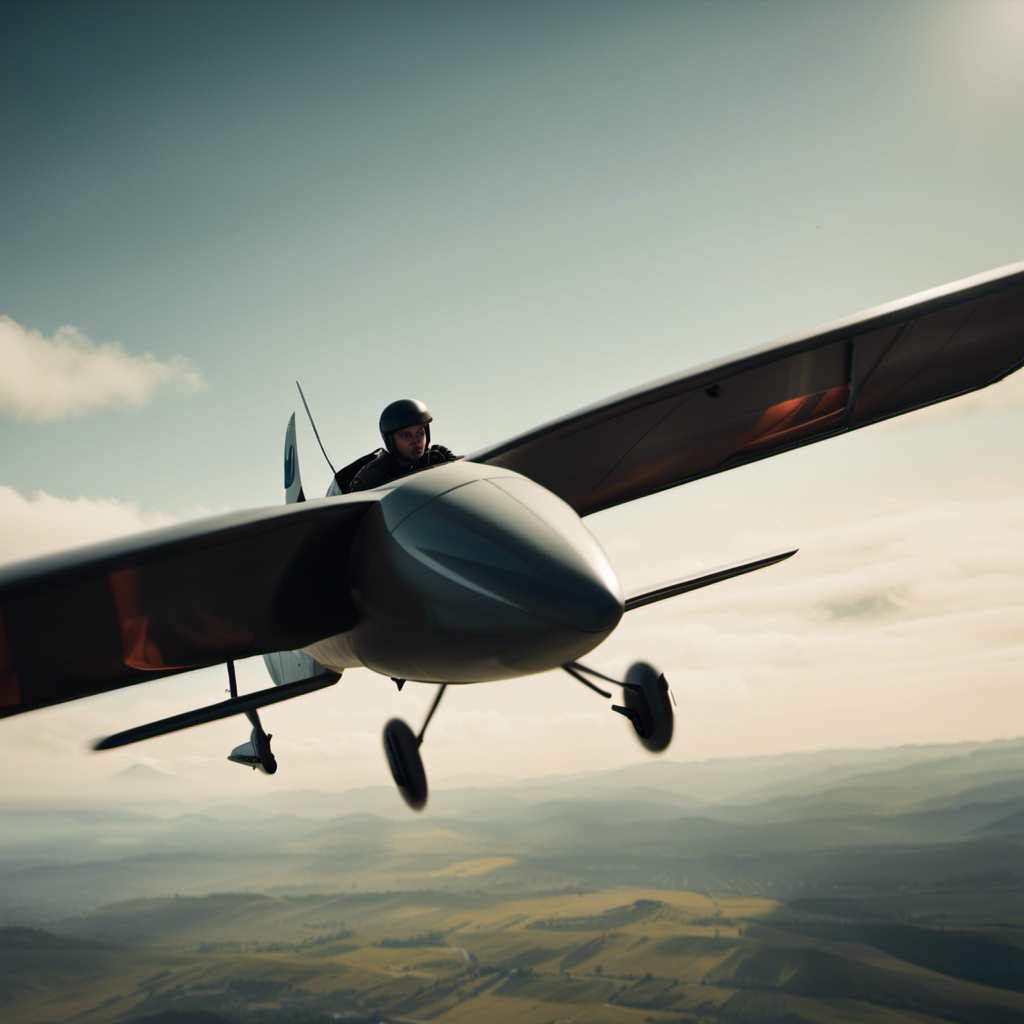Hang gliding provides an exhilarating adventure that will take your breath away in every sense of the word. Nevertheless, prior to taking flight into the sky, it is crucial to consider the costs associated. Trust me, it is not for the faint of heart or those on a tight budget.
In this article, I will break down the expenses involved in hang gliding, from equipment costs to ongoing expenses. So buckle up (or should I say, strap in), because we’re about to explore just how much hang gliding can cost you.
Key Takeaways
- Hang gliding involves regular equipment inspections and repairs to ensure safety and proper functioning.
- Membership renewal offers valuable perks and discounts, while additional costs include maintenance and transport fees.
- Cost-saving tips include looking for discounts, considering DIY options, and investing in instructional materials.
- Financing options such as personal loans and credit cards can make hang gliding more accessible, but an affordability analysis is important.
Equipment Costs
Hang gliding equipment can be quite expensive, but it’s worth investing in for the thrill and freedom it provides. Not only do you have to consider the initial cost of purchasing the equipment, but also the cost of maintenance. Hang gliders require regular inspections and occasional repairs to ensure they are in good working condition. These costs can add up over time, so it’s important to budget for them.
However, there is an option to save some money by purchasing second-hand equipment. Many experienced hang gliders sell their gently used gear at a lower price, making it more affordable for beginners. Just be sure to thoroughly inspect the equipment before buying to ensure it’s safe and in good condition.
Transitioning into the next section, training expenses are another factor to consider when calculating the overall cost of hang gliding.
Training Expenses
To get started with training expenses, you’ll need to consider the cost of lessons and equipment. When it comes to hang gliding, these expenses can vary depending on where you choose to take your lessons and whether you decide to rent or buy your equipment.
Equipment rentals can range from $50 to $100 per day, while purchasing your own gear can cost anywhere from $3,000 to $10,000. Additionally, you will need to budget for instructor fees, which typically range from $100 to $200 per lesson. It’s important to keep in mind that the number of lessons required to become proficient in hang gliding may vary from person to person.
With these training expenses in mind, let’s now move on to the next aspect of hang gliding costs: location and membership fees.
Location and Membership Fees
When it comes to location and membership fees, you’ll want to research different hang gliding clubs and their associated costs.
The location options for hang gliding clubs vary widely, from coastal cliffs to mountainous regions. Depending on your preference, you can choose a club located near the ocean for breathtaking views or one nestled in the mountains for a more exhilarating experience.
As for membership fees, most clubs offer different types of memberships to cater to various needs. These can range from basic memberships that provide access to the facilities and equipment, to premium memberships that include additional perks like priority scheduling and discounts on lessons. It’s important to carefully consider the benefits and costs of each membership option before making a decision.
Speaking of costs, transportation is another factor to consider when planning your hang gliding adventure.
Transportation Costs
When it comes to traveling to hang gliding sites, there are a few key factors to consider. These include transportation costs, equipment transport, and accommodation and meals.
I’ve found that planning ahead and researching the best options can help make the trip more affordable and enjoyable. Whether it’s deciding between renting a car or taking public transportation, finding the most convenient way to transport your hang gliding gear, or choosing accommodations that are close to the launch sites, taking the time to make these arrangements can make a big difference in your overall experience.
Travel to Hang Gliding Sites
You can save money on travel by carpooling with other hang gliders to the sites. Here are three reasons why traveling with fellow hang gliders is a great idea:
-
Shared expenses: Splitting the cost of gas and tolls among several people significantly reduces your travel expenses. By carpooling, you can save money that can be better spent on other aspects of your hang gliding adventure.
-
Company and camaraderie: Traveling with other hang gliders not only saves money but also allows you to bond with fellow enthusiasts. Sharing stories, tips, and experiences during the journey adds to the excitement and camaraderie of the sport.
-
Local knowledge: Many hang gliders have extensive knowledge of popular hang gliding destinations. By carpooling, you can benefit from their experience and gain insights into the best sites, weather conditions, and local regulations.
By carpooling to hang gliding sites, not only can you save money on travel expenses, but you also get to enjoy the company of other enthusiasts and tap into their local knowledge.
Now, let’s move on to the next section about equipment transport.
Equipment Transport
To transport your equipment, it’s important to secure it properly to ensure its safety during the journey. One of the key factors to consider when transporting equipment is the weather conditions. Harsh weather conditions can pose a risk to your equipment, causing damage or even loss. Proper equipment storage is crucial to protect it from rain, wind, and extreme temperatures. Here’s a table to help you understand the best practices for equipment storage:
| Weather Condition | Storage Recommendation |
|---|---|
| Rainy | Use waterproof covers |
| Windy | Secure equipment with straps or bungee cords |
| Extreme Temperatures | Store equipment in a climate-controlled environment |
Accommodation and Meals
After ensuring that my hang gliding equipment is safely transported to the location, the next consideration is where I will stay and how I will fuel my body during my hang gliding adventure. Accommodation costs can vary depending on the location and the type of accommodation chosen. From camping grounds to hotels, there are options to suit every budget.
Personally, I prefer to stay in a cozy cabin nestled in the mountains, immersing myself in nature’s beauty. As for meal expenses, it’s important to fuel my body with nutritious food to keep me energized for the exhilarating flights. While I enjoy indulging in local cuisine, I also pack some snacks and easy-to-prepare meals to save on expenses.
Now, let’s dive into the ongoing expenses that come with hang gliding, beyond accommodation and meals.
Ongoing Expenses
When it comes to hang gliding, there are ongoing expenses that need to be considered.
One important aspect is regular equipment inspections to ensure everything is in proper working order and safe to use. Replacement parts and repairs may also be necessary from time to time, as wear and tear can occur.
Additionally, there are annual membership renewal fees for hang gliding clubs or organizations, which provide access to flying sites and other benefits.
These ongoing expenses are essential to maintain the safety and enjoyment of the sport.
Regular Equipment Inspections
Regular equipment inspections are essential to ensure the safety and proper functioning of hang gliding gear. Regular maintenance is crucial to keep the equipment in top condition and to avoid any potential risks during flights.
Safety measures should always be a priority when it comes to hang gliding, and this includes conducting regular inspections of the equipment. Inspections should be done before every flight to check for any signs of wear and tear, such as frayed cables or loose bolts. It is important to thoroughly examine the glider, harness, and helmet to ensure they are in good working order.
Replacement Parts and Repairs
To ensure the safety and proper functioning of your hang gliding gear, it’s important to promptly address any issues with replacement parts and repairs. Your hang glider is a complex piece of equipment that relies on various components working together seamlessly. Over time, these parts may wear out or become damaged due to the extreme conditions of the sport.
When it comes to replacement parts, it’s crucial to choose high-quality options that are designed specifically for your hang glider model. Additionally, regular inspections can help identify any potential problems before they escalate, allowing you to address them promptly.
When it comes to hang gliding repairs, it’s best to consult with a professional who has experience in handling such issues. By taking care of your hang glider’s maintenance needs, you can ensure a safe and enjoyable flying experience.
Now, let’s move on to the topic of annual membership renewal fees.
Annual Membership Renewal Fees
You’ll need to renew your annual membership before it expires to continue enjoying the benefits of being a member. As a member, you gain access to a range of exclusive perks and discounts.
One of the main membership benefits is the discounted rates you receive on various services and products. Whether it’s equipment rentals, training sessions, or even merchandise, being a member means you can save money while still enjoying your favorite activities. By renewing your membership, you ensure that you don’t miss out on these valuable discounts.
However, it’s important to note that there may be additional costs associated with certain activities or events, which we will discuss in the next section.
Additional Costs
Don’t forget about the extra expenses involved in hang gliding, such as equipment maintenance and transport fees. When considering the cost of hang gliding, it’s important to factor in the cost of lessons and renting equipment.
Learning to fly a hang glider requires professional instruction, which can range from $100 to $200 per lesson. Additionally, if you don’t own your own equipment, you’ll need to rent it. The cost of renting a hang glider can vary depending on the duration, location, and quality of the equipment. On average, you can expect to pay around $50 to $100 per day for rental.
These additional costs can quickly add up, so it’s important to budget accordingly. However, there are ways to save money on your hang gliding adventures, which I’ll cover in the next section.
Cost-Saving Tips
There’s a variety of ways you can save money on your hang gliding adventures.
One option is to look for discounts or deals offered by hang gliding schools or clubs. They may have special promotions or packages that can help reduce the overall cost.
Another cost-saving strategy is to consider DIY options. Instead of hiring a professional instructor for every session, you could invest in some instructional materials or books to learn the basics on your own. This way, you can save on instructor fees while still gaining the necessary knowledge.
By implementing these budget-friendly alternatives and DIY cost-cutting strategies, you can enjoy the thrill of hang gliding without breaking the bank.
Now, let’s explore some financing options that can make this adventure even more accessible.
Financing Options
After discovering some cost-saving tips for hang gliding, it’s time to delve into financing options for this exhilarating sport. As a passionate hang glider, I understand that the upfront expenses can be daunting. However, there are several ways to make your dream a reality.
Here are some financing options to consider:
-
Personal Loans: Many financial institutions offer personal loans that can be used for recreational activities like hang gliding. These loans typically have fixed interest rates and flexible repayment terms.
-
Credit Cards: If you have a good credit score, using a credit card with a 0% introductory APR can be a viable option. Just make sure to pay off the balance before the promotional period ends to avoid high interest charges.
-
Crowdfunding: Get creative and launch a crowdfunding campaign to gather support from family, friends, and fellow adventure enthusiasts. You might be surprised by the generosity of others who share your passion.
-
Affordability Analysis: Before committing to any financing option, it’s crucial to conduct an affordability analysis. Evaluate your income, expenses, and financial goals to determine a realistic budget for hang gliding.
Now that we’ve explored financing options, let’s move on to the next important consideration: insurance.
Insurance Considerations
To protect yourself and your equipment, it’s important to consider insurance options for your hang gliding adventures. Hang gliding can be an exhilarating and thrilling experience, but it also comes with risks. Accidents can happen, and having insurance coverage can provide you with peace of mind.
When looking for insurance, it’s crucial to consider liability concerns. If you accidentally cause damage to someone’s property or injure someone while hang gliding, you want to make sure you have the necessary coverage to protect yourself from potential lawsuits.
Additionally, having insurance can also protect your equipment in case of theft or damage. By having the right insurance coverage, you can enjoy your hang gliding adventures with confidence, knowing that you are adequately protected.
Now, let’s explore whether hang gliding is worth the cost.
Is Hang Gliding Worth the Cost?
After considering the insurance considerations, I couldn’t help but wonder if hang gliding is truly worth the cost. Sure, it can be an expensive hobby, but the exhilaration and freedom that comes with soaring through the sky is unparalleled.
The key to making the most of this experience lies in prioritizing hang gliding safety. Before taking flight, it’s crucial to undergo proper training, wear the necessary safety gear, and be aware of weather conditions. By adhering to these safety measures, you can minimize the risks and fully enjoy the awe-inspiring beauty of hang gliding.
From the moment you launch yourself into the air, the adrenaline rush takes over, making you feel alive like never before. The breathtaking views, the feeling of weightlessness, and the sense of accomplishment make every dollar spent worth it.
Hang gliding is not just a hobby; it’s an unforgettable experience that will leave you craving for more.
Frequently Asked Questions
Are there any age or weight restrictions for participating in hang gliding?
Yes, there are age and weight restrictions for participating in hang gliding. The minimum age requirement varies, but typically participants must be at least 14 years old. Weight restrictions also vary, usually ranging from 90 to 250 pounds.
What safety precautions are taken during hang gliding lessons and flights?
During hang gliding lessons and flights, safety measures are paramount. We use techniques like allegory to visually represent ideas and engage participants. Training includes thorough instruction, equipment checks, and practicing emergency procedures, ensuring a safe and enjoyable experience.
Can I participate in hang gliding if I have a fear of heights?
I overcame my fear of heights to participate in hang gliding through mental preparation. By focusing on the exhilaration and beauty of flying, I was able to conquer my fear and enjoy the experience.
Are there any medical conditions that would prevent someone from participating in hang gliding?
There are some medical conditions that may prevent individuals from participating in hang gliding. It’s important to consult with a doctor to determine if your condition is compatible with the physical demands of the sport.
How long does it typically take to become proficient in hang gliding?
Becoming proficient in hang gliding varies based on individual progress and commitment. Training requirements typically include ground school, simulator practice, and supervised flights, with most pilots achieving proficiency within a few months to a year.
Conclusion
After considering all the expenses involved in hang gliding, it’s clear that this thrilling adventure comes with a price tag. From equipment costs to training expenses and ongoing fees, the total amount can add up.
However, if you’re passionate about this exhilarating sport, the investment may be worth it. Did you know that hang gliding has a remarkably low accident rate? With only 1.3 accidents per 10,000 flights, it’s a relatively safe activity that can provide an unparalleled sense of freedom and adrenaline.
So, if you’re willing to take the plunge, hang gliding could be an experience of a lifetime.
With a heart that soars as high as the skies, Aria, affectionately known as “Skylark,” is the driving force behind Soaring Skyways. Her journey into the gliding world began as a young dreamer gazing up at the soaring birds, yearning to experience the weightlessness and freedom they embodied. With years of experience both in the cockpit and behind the scenes, Aria’s commitment to the gliding community is unwavering.










